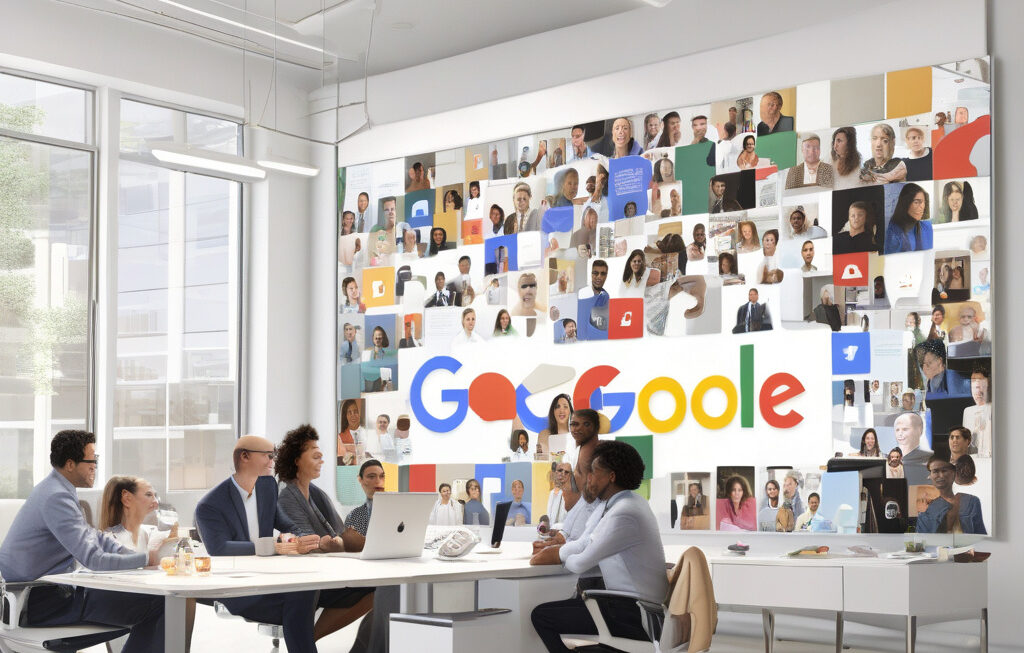AI in Justice: Bridging the Global Access Gap or Deepening Inequalities
Artificial Intelligence (AI) has emerged as a powerful tool in various industries, including healthcare, finance, and now, even in the realm of justice. The potential of AI to revolutionize the legal sector by expanding access to justice globally is promising. However, this technological advancement comes with a double-edged sword. Without adequate transparency, oversight, and human-rights safeguards, AI in justice runs the risk of deepening bias, exclusion, and eroding public trust.
One of the primary advantages of utilizing AI in the justice system is its ability to streamline processes and enhance efficiency. AI-powered tools can analyze vast amounts of legal data within seconds, significantly reducing the time spent on tasks such as legal research, document analysis, and contract review. This increased efficiency can help bridge the access gap by making legal services more affordable and accessible to individuals and communities that were previously underserved.
Moreover, AI has the potential to level the playing field in legal proceedings by providing valuable insights and predictions based on data analysis. For instance, AI algorithms can assess the likelihood of case outcomes, thereby empowering lawyers to make more informed decisions and strategize effectively for their clients. In this way, AI enables individuals to navigate the complex legal system with greater confidence and understanding.
However, the transformative power of AI in justice is not without its challenges. One of the most pressing concerns is the potential for bias in AI algorithms, which can perpetuate existing inequalities in the legal system. If AI tools are trained on biased data or programmed with flawed logic, they may inadvertently discriminate against certain groups, particularly marginalized communities and individuals from underrepresented backgrounds.
Moreover, the lack of transparency in AI decision-making processes poses a significant hurdle to ensuring accountability and fairness in the justice system. Unlike human judges or lawyers, AI systems operate based on complex algorithms that are often opaque and difficult to scrutinize. This opacity can lead to a lack of understanding of how AI reaches its conclusions, raising questions about due process and the right to a fair trial.
Furthermore, the adoption of AI in justice raises concerns about data privacy and security. Legal data is highly sensitive and confidential, containing personal information that must be protected from unauthorized access or misuse. Without robust safeguards in place, there is a risk that AI systems could compromise the privacy rights of individuals, undermining trust in the legal system and deterring people from seeking justice.
To address these challenges and harness the full potential of AI in justice, it is imperative to prioritize transparency, oversight, and human-rights safeguards in the development and deployment of AI tools. Legal frameworks and regulations should be established to ensure that AI systems comply with ethical standards and respect fundamental rights, such as non-discrimination and due process.
Additionally, stakeholders in the legal sector, including policymakers, legal professionals, technologists, and civil society organizations, must collaborate to promote responsible AI innovation in justice. This involves conducting regular audits of AI systems, monitoring their impact on marginalized communities, and engaging in ongoing dialogue to address emerging issues and concerns.
In conclusion, AI has the capacity to revolutionize the justice system by expanding access to legal services and enhancing efficiency. However, the responsible deployment of AI in justice requires a concerted effort to mitigate bias, ensure transparency, and safeguard human rights. By striking a balance between innovation and ethical considerations, AI can truly bridge the global access gap in justice without deepening existing inequalities.
AI in Justice, LegalTech, Access to Justice, Ethical AI, Human Rights












